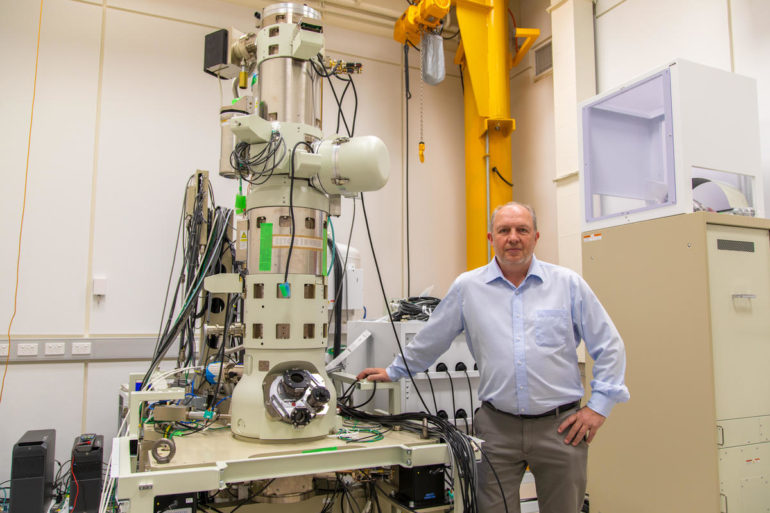Researchers from Australia, China, and Japan are one step closer to shrinking electronic devices to molecular scale after accidentally developing a wire that is just one atom wide.
The study, which was carried out by researchers from the Queensland University of Technology’s (QUT) Centre for Materials Science, Shanghai’s Fudan University, and Japan’s National Institute for Materials Science, was initially examining the properties of silver on an atomic scale.
They did this by putting nanoparticles of silver on the outside of tiny nanorods that have channels inside.
According to QUT professor Dmitri Golberg, these experiments are usually performed in a vacuum, but they decided to test it in regular air.
“When we do this in a vacuum, or in some inert atmosphere as people usually do, nothing happens,” he said. “But we did it in air. The atoms from silver particles diffused very fast and they diffused inside the channels.”
He explained that the expected result for such an experiment would be that the silver would react with oxygen in the air and form silver oxide. Instead, the atoms formed inside the channels in a “self-organisation process” like water drops going through a sieve. The result: 200 wires, each as thin as just an atom, formed inside the channels.
“It wasn’t intentional, it wasn’t planned to make wires,” Golberg said.
For the last 20 years, according to QUT, researchers have been trying to develop atomic-scale wires that are stable when outside a vacuum.
Further testing also showed the silver nanowires could potentially be used as thermal switches.
“At some temperature, the material became an insulator. This is not common for silver and is called metal insulator transition,” Golberg said.
“This is quite an interesting transition in physics.
“And this is a major point because it means the silver wire could be used as a thermal switch. Depending on the temperature, you change the properties of the material by changing the temperature.”
While the wire is the length of about one-fifth of the width of human hair, Golberg still considers it as too long and will continue to work on reducing its size.
“It’s still pretty small but for me, it’s quite long. In the electron microscope, it’s very big,” he said.
The study has been published in the journal Nature Communications.



